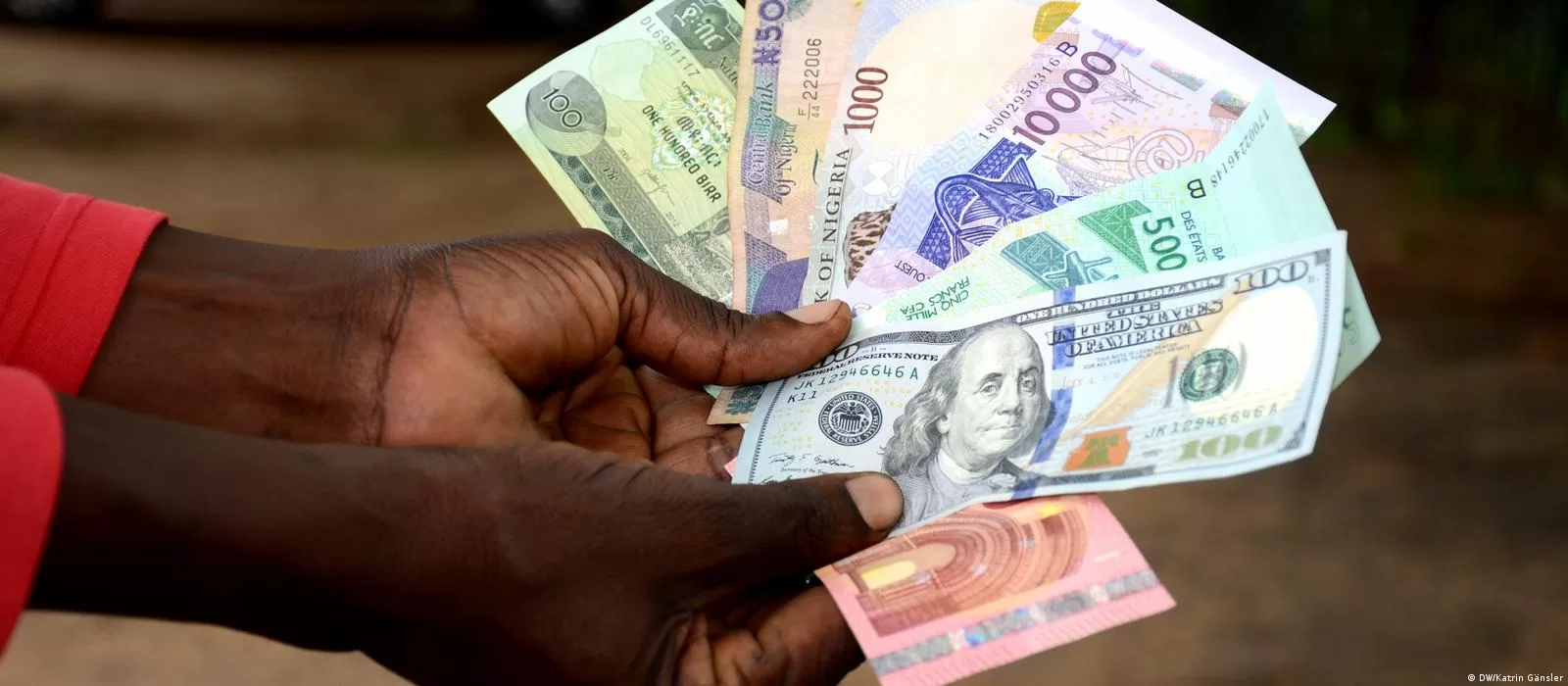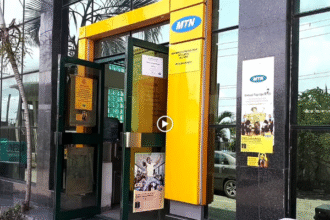Ever wondered why some African countries print banknotes in Europe? Then here you go! African countries print their currencies from their respective national mints or printing presses. Some countries also outsource the printing of their currency to foreign printing companies, such as De La Rue, a British security printing company that prints banknotes for several African countries.
Curiously, rich countries usually print their money themselves. For example, if you check the world’s most expensive currencies, many of which are Asian national currencies, you will find that they do not outsource the printing of their money and print it right in these countries. For example, Oman, Jordan, Kuwait, and Bahrain print their money at national banks. However, let’s get back to African countries
The printing of currencies involves a lot of security measures to prevent counterfeiting and protect the integrity of the currency. Printing companies often use specialized paper, ink, and printing techniques that are difficult to replicate. In addition, national mints and printing presses typically have strict security protocols in place to ensure that the printed currency does not fall into the wrong hands.
For example, in West Africa, the countries that use the West African CFA franc, which includes Benin, Burkina Faso, Ivory Coast, Guinea-Bissau, Mali, Niger, Senegal, and Togo, have their banknotes printed by the French printing company, Oberthur Fiduciaire. Similarly, some countries such as South Sudan, Tanzania and Mauritania, are said to print theirs in Germany’s Giesecke+Devrient.

Other African countries may also outsource the printing of their banknotes to foreign printing companies, or they may have their banknotes printed domestically. The decision to outsource or print domestically can depend on factors such as the availability of technology and expertise, cost considerations, and security concerns.
Nigeria prints its currency, the Nigerian naira, domestically at the Nigerian Security Printing and Minting Company (NSPMC) in Abuja, the capital city. The NSPMC is a subsidiary of the Central Bank of Nigeria and is responsible for the printing of all of Nigeria’s banknotes and the minting of coins. The NSPMC has state-of-the-art printing technology and highly trained staff who ensure that the currency produced meets the required standards of quality and security.

The NSPMC is responsible for producing all denominations of the Nigerian naira, including the polymer banknotes that were introduced in 2009 to improve durability and reduce counterfeiting. While Nigeria has previously contracted the printing of its currency to foreign companies, such as the German company Giesecke+Devrient, it is not currently outsourcing its currency printing to any foreign companies.
Here are a few reasons why some African countries print banknotes in Europe;
Availability of Printing Technology
One of the main reasons is the availability of advanced printing technology and equipment, as well as expertise in printing high-quality banknotes that are difficult to counterfeit. Many European printing companies have a long history of producing banknotes for various countries around the world and have established themselves as leading experts in the field of banknote printing.
Security
To ensure the security of their currency. European printing companies have strict security protocols and use specialized materials and inks to produce banknotes that are difficult to counterfeit. This is particularly important for African countries that may have a history of currency counterfeiting. It is one of the major reasons some African countries print banknotes in Europe.
Cost-effective
To provide cost savings for African countries. While the initial cost of outsourcing the printing of banknotes to foreign companies can be high, it may be more cost-effective in the long run if the foreign printing company can produce high-quality banknotes at a lower cost.
It’s worth noting that not all African countries print their banknotes in Europe, and some countries choose to print their currency domestically or outsource it to other regions apart from Europe. The decision to print banknotes in Europe or elsewhere depends on several factors, including cost, availability of technology and expertise, and security considerations.
















